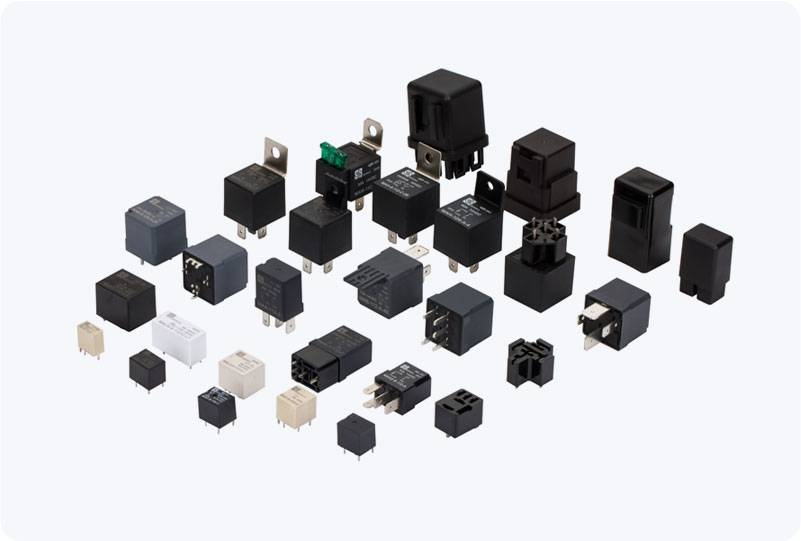understanding the current overload relay: a critical component for motor protection
Release time:2025-08-26 17:40:02
In industrial and commercial applications, electric motors are an essential part of many systems, powering everything from machinery to HVAC units. Protecting these motors from damage due to excessive current is critical for ensuring the longevity and efficient operation of the entire system. This is where the Current Overload Relay comes into play. It is a key protective device that prevents electric motors from running under conditions that could lead to overheating, mechanical failure, or even total burnout. In this article, we will delve into the working principles, types, applications, and benefits of the Current Overload Relay.

What is a Current Overload Relay?
A Current Overload Relay is an electrical device used to monitor and protect electric motors from running under excessive load conditions. It functions by sensing the current passing through the motor's circuit. If the current exceeds a preset threshold for a given period, the relay trips and disconnects the motor from the power supply. This is done to prevent damage caused by overheating, which could otherwise lead to motor failure or potential fire hazards.
The overload relay works in conjunction with other protective devices such as circuit breakers and fuses, forming a comprehensive protection system for motors and electrical equipment. It is particularly critical in systems where motors are subjected to varying loads or continuous operation.

